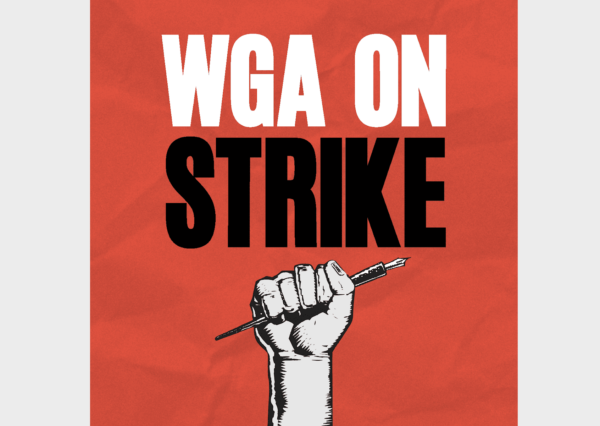The Los Angeles City Council unanimously approved community plan updates Wednesday for Hollywood and downtown Los Angeles, with amendments intended to further secure tenant protections and address specific needs of the respective neighborhoods.
Council President Paul Krekorian expressed his gratitude to the city’s planning department for what he called “undoubtedly the two most difficult community plans in the entire city,” and said the city would be moving forward on other community plans including one for the south Valley.
Planning Director Vincent Bertoni said the updates represent a “huge step” forward for the city, and called them a “significant part” of LA’s goal to build 450,000 new homes and rezone an additional 250,000 within a short period of time.
“The community plans are part of the city’s larger look at how we adapt to growth and change across the city from a land-use perspective,” principal city planner Craig Weber said.
Several council members introduced amendments calling for ways to further bolster affordable housing such as designating housing units for lower income households, reevaluating the city’s adaptive reuse program and prioritizing certain community facilities or benefits.
Weber said the plans include a community plan text — a document listing goals and policies intended to guide decision making over the next 20 years — a land-use map, and an overview of vast ordinances that the city will use to implement the plans such as zoning regulations and other metrics.
Together, the plans aim to introduce 135,000 new housing units, including affordable housing units.
According to Weber, the plans seek to extend affordable housing covenants from 55 to 99 years, and establish new protections for tenants such as requiring that rent-stabilized housing units are replaced as lower income housing units.
The plans utilize a base bonus incentive to encourage developers to increase affordable housing units. The Downtown Los Angeles Community Plan, known as DTLA 2040, mandates that all new housing development provide affordable housing units.
Weber noted the Hollywood Community Plan Update provided measures to ensure the vitality of Hollywood’s media district, an industrial area the city has fought to save from some forms of development; additional protections for sensitive hillside areas; open space designations and new policies to guide the city’s approach to undeveloped streets.
“For the first time in 35 years, Hollywood has a new community plan that can serve as a road map for a more equitable, sustainable and affordable future,” Councilman Hugo Soto-Martínez, whose 13th District encompasses parts of Hollywood, said in a statement.
“We are proud that the City Council unanimously approved the Hollywood Community Plan today, and we are grateful that the plan includes all of our amendments to promote equity and affordable housing construction,” he added.
Planning staff incorporated “nuanced strategies” to support employment in industrial districts in the DTLA 2040 plan, allowing for a broad range of developments such as industrial mixed-use, commercial mixed-use or residential districts. The only exception was Skid Row, which was amended from 100% to 80% affordable housing.
The plan would also establish “base” development rights and “bonus” development rights for projects that provide public benefits, i.e. increased affordable housing units, public open spaces or community facilities. Incentives would be available for projects that dedicate space for garment manufacturing in the Fashion District in an effort to prevent the displacement of garment workers and local businesses and provide affordable housing for workers to stay in their communities.
Anthony Rodriguez, executive director of the Los Angeles Fashion District Business Improvement District, addressed the council during Wednesday’s public comment period and expressed his opposition to the DTLA 2040 plan. His primary concern was that the plan would further restrict property owners’ options for filling vacant spaces and restricting zoning would compromise adaptive reuse.
More than two dozen members of the Protect LA’s Garment Jobs Coalition showed up to the Council Chamber to advocate for affordable housing and protections for garment workers, hospitality workers and small businesses based in the Fashion District. They urged the council to approve the DTLA 2040 plan.
“Between an inclusionary housing component that will allow the workers who contribute to the local economy — the hotel workers and janitors who keep downtown running — to have access to genuinely affordable housing in Downtown LA, and protections for industries vital to this city, we are not just talking the talk about building inclusive communities, we are walking the walk,” Councilman Kevin de León said.
Councilman Marqueece Harris-Dawson, who chairs the Planning and Land Use Committee, also praised the work of the planning department and others who helped finalize the two plans.
“Folks really beared down and were prepared at every committee meeting for what you have before you today that involved a lot of compromises, pushes and pulls,” Harris-Dawson said. “The product, the work, that we have today is something that everybody can get their arms around, and hopefully, we can unify as a city and support it.”







